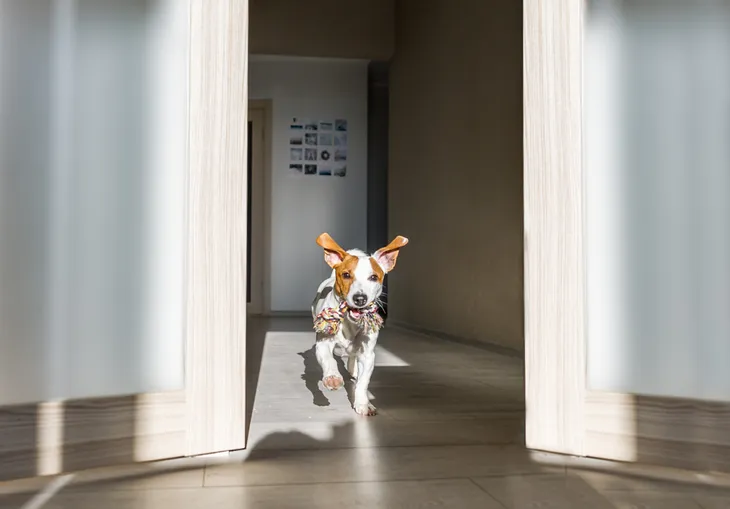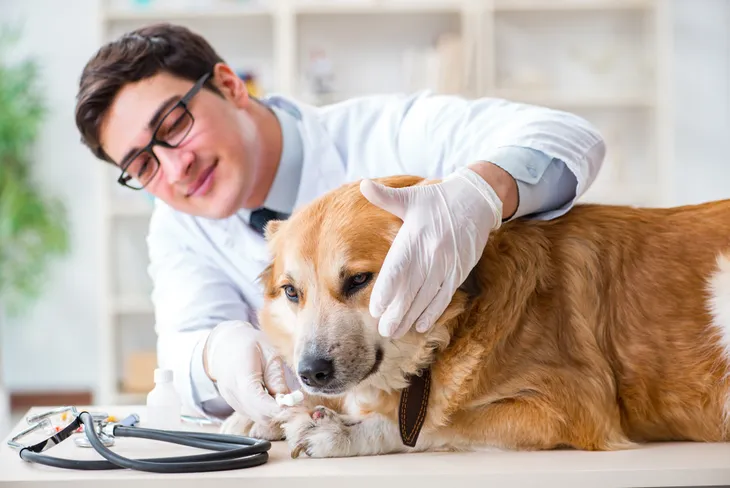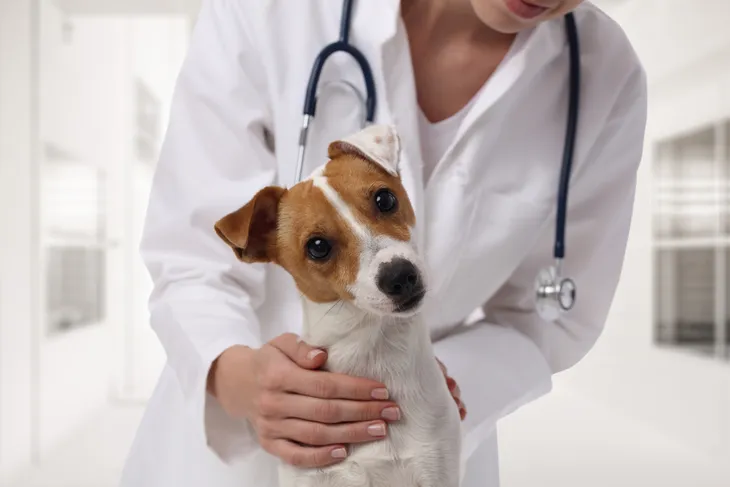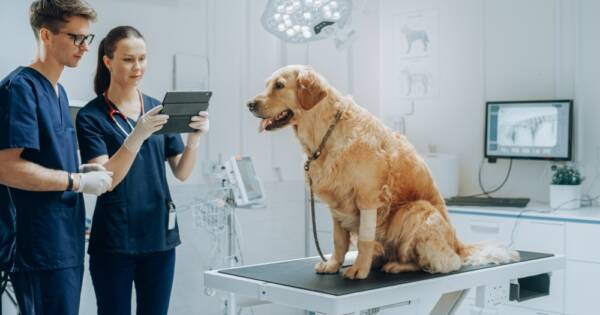It’s impossible to spend 10-minutes on the internet without being confronted with a heartwarming video of a cat or dog in full zoomie mode. It’s one thing to passively watch this reckless behavior on your screen, but having it play out in your home or at the dog park is another thing entirely.
It can lead to injuries, it can signify an underlying medical condition, and it can also be a perfectly normal behavior pattern of a healthy pet. Today, we’re going to take a closer look at zoomies. What are they, what causes them, how should you handle them, and when are the zoomies a cause for concern? We’ll answer all of those questions and more, right now!
What Are Zoomies?
You may have never heard the term zoomies before today, but you’ve no doubt encountered them at some point in your life. Zoomies are the not-so-technical term for spontaneous surges of energy in a dog or cat. Veterinarians refer to these periods of activity as Frenetic Random Activity Periods (FRAPs) but we call them zoomies because it’s just more fun that way.
The particulars of these “periods of frenetic random activity” can vary widely from pet to pet. Some pets run in circles, some dart back and forth, some pounce on anything and everything, and some scratch and chew and roll around. When it comes to zoomies it doesn’t exactly matter what they do, just that they experience sporadic, frantic, and unprompted periods of excess energy.
How Long Do They Last?
In short, not long. These periods of excess energy inspire surges of energetic behavior in your pet. But your cat or dog can only sustain sprinting, pouncing, and running in circles for so long before they get exhausted and need a rest.
Your pet may experience these periodic energetic flashes many times throughout the day, but each burst of zoomies typically only lasts a minute or two.
Happiness
In many cases, zoomies are a perfectly normal side effect of happiness. Does your pet get a case of the zoomies immediately following treat time, food time, playtime, or when you come home from work? If so, then your pet’s energetic behavior is most likely their way of expressing how happy and excited they are!
Acute Pain
Not all cases of the zoomies are created equal, which is why building a relationship with, and leaning on the expertise of your local veterinarian is so crucial to the overall well-being of your pet.
If you notice that your pet is zooming around your home more often than normal, it may be a sign of acute pain, fleas, or itchy skin. Though rare, the behavior may be your pet’s way of attempting to run away from their discomfort. If you are at all concerned that this is the case, connect with your vet immediately.
Post Poop Zoomies
Understanding your pet’s odd behavior really is as simple as monitoring them over time. Keeping a daily written log helps, but paying attention to their behavior patterns is often enough.
Being mindful of your pet’s habits may reveal an affinity for post-poop zoomies. Oftentimes pets enjoy a victory lap after going number two. This behavior is not always innocent either, especially if it’s new. If you notice it, be sure to keep an eye out for any other troubling digestive signs such as vomiting, discomfort, or constipation.
Excess Energy
Everyone needs to burn off a little excess energy, including your pets. While some cases of the zoomies can be signs that something is wrong, most instances are perfectly normal.
If these frequent cases of the zoomies are problematic for you, consider engaging in a more active role in your pet’s life by playing with them on a regular basis. Exercising their excess energy in a productive way will help limit instances of zoomies and help you forge a stronger bond with your furry friend.
Feline Hyperthyroidism
Hyperthyroidism in aging cats is quite common. It’s caused by an increase in the production of thyroid hormones and leads to the subtle development of a variety of symptoms over time.
Symptoms of feline hyperthyroidism include weight loss, increased appetite, increased thirst, and hyperactivity. That last one is the one that concerns us here, which is why it’s always important to monitor your cat for changes in weight especially if you notice a puzzling increase in the frequency of zoomies.
Cushing’s Disease
Changes in your pet’s behavior can be entirely innocent, but pet owners must be mindful of them all the same. Cushing’s disease is common in middle-aged and older dogs and often elicits noticeable changes in their behavior.
Loss of hair, peeing indoors, increased appetite, and odd activity patterns are all signs you should look out for. If you notice any of these signs be sure to get your pet to the vet for a proper diagnosis and to start a treatment plan as soon as possible.
Dementia
Watching our pets age can be hard. Just like us, their bodies and minds can sometimes slow down or manifest troubling conditions in their advanced years. Dementia happens, and with it comes changes in sleeping patterns, memory loss, changes in appetite, and changes in their behavior patterns.
Worse, dementia in pets can’t be cured. If you receive a dementia diagnosis from your veterinarian, the best you can do for your pet is keep their environment as familiar as possible, attempt to retrain behaviors that they may have forgotten, and remain calm in the event of the inevitable accident.
Anxiety
If you’ve ever tried to wrangle a dog in the middle of a neighboring Memorial Day fireworks display then you no doubt understand the effect that anxiety can have on your pet’s behavior. Fireworks are an extreme example, but not-so-extreme anxiety triggers exist too.
All animals are prone to anxiety, and anxiety can lead to any number of odd activity patterns. Again, you’ll want to lean on your vet for a professional diagnosis before uprooting your entire life. But, if your vet pin-points anxiety as the culprit, consider cultivating a more relaxing environment for your pet immediately.
How to Handle Zoomies
Whether a side-effect of a medical condition or simply a behavioral character trait, it’s important to know what to do when your pet gets a case of the zoomies. The real danger of unchecked zoomies is that they may inhibit your pet’s spatial awareness, which can lead to broken household objects and injuries. As such, you’ll want to keep breakable objects out of the way and clear your house of any and all obstructions.
Never raise your voice, and refrain from punishing your pet. In many cases, responding negatively to zoomies can increase your pet’s anxiety and worsen their zoomies.
Finally, for dogs, it’s always best to remove their leashes when they’re working through a bout of the zoomies in a walled-in and safe space. Leashes can sometimes get caught on things, tangle, or trip them up, which can cause injuries.
The Takeaway
It may catch you off guard, especially if you’re a brand new pet owner, but the zoomies that your pet is experiencing are more often than not, perfectly normal. That’s not to say that you shouldn’t do anything about them. If your pet is prone to zoomies, be sure to keep breakable items out of reach to ensure the safety of all parties.
If these frenetic random activity periods are a new phenomenon, consider taking your pet to your local veterinarian just to be sure that they aren’t a side effect of an underlying medical condition. Either way, the next time your dog or cat engages in zoomie-mode, record a video and send it my way because nothing brightens up a gloomy day than watching 30-seconds-worth of zoomies!















